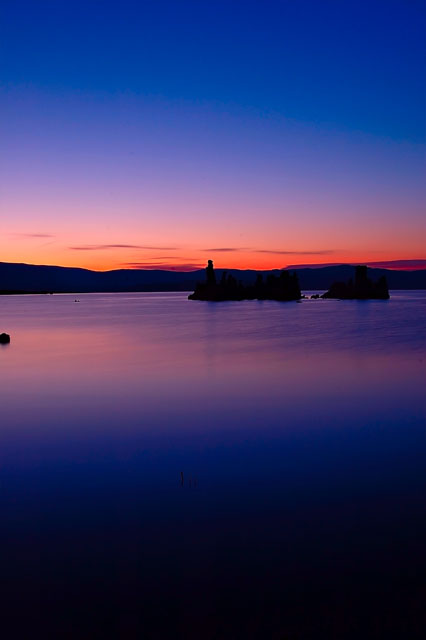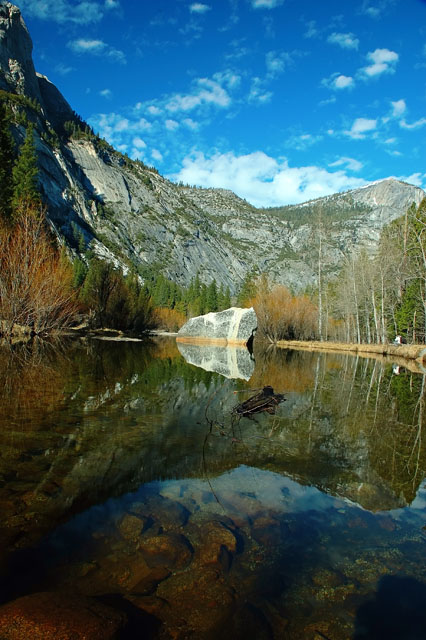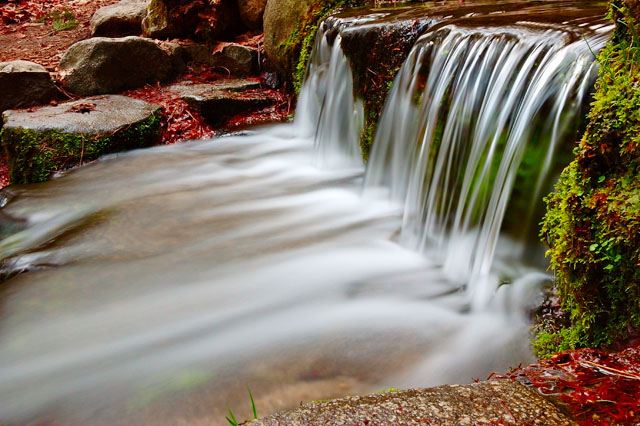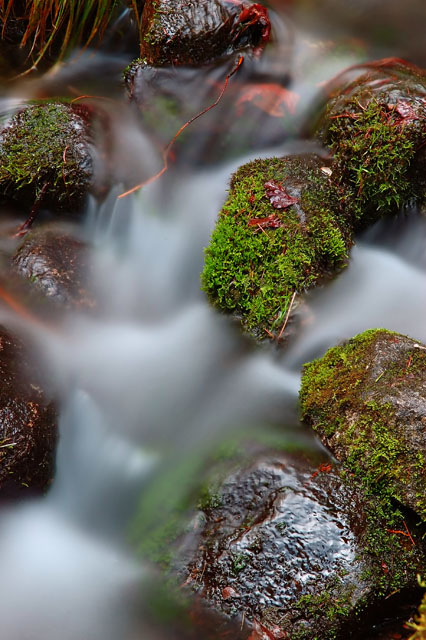I understand that the general purpose of these filters is to reduce the amount of light that enters the lens of a camera. On really bright sunny days, using a neutral density filter can allow you to use slower shutter speeds.
But aside from this, does a neutral density filter affect the color [saturation, and/or contrast] of a picture? I notice quite a handful of folks use ND filters when taking landscape pictures. I am not sure if it is to just to blur water more easily, or something else. I have got a 10-20 UWA lens, and am pondering if it is really worth my while to have ND filters in my arsenal at the moment. I currently have a circular polarizer, for what it is worth.
Also, if ND filters are recommended, out of curiosity, would anyone happen to have any experiences with certain brands of ND filters?
Any feedback is appreciated
But aside from this, does a neutral density filter affect the color [saturation, and/or contrast] of a picture? I notice quite a handful of folks use ND filters when taking landscape pictures. I am not sure if it is to just to blur water more easily, or something else. I have got a 10-20 UWA lens, and am pondering if it is really worth my while to have ND filters in my arsenal at the moment. I currently have a circular polarizer, for what it is worth.
Also, if ND filters are recommended, out of curiosity, would anyone happen to have any experiences with certain brands of ND filters?
Any feedback is appreciated





